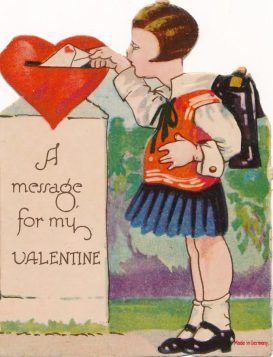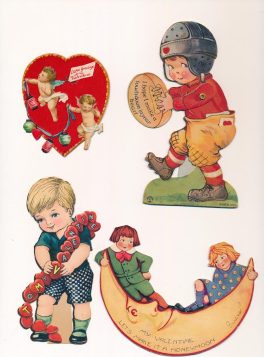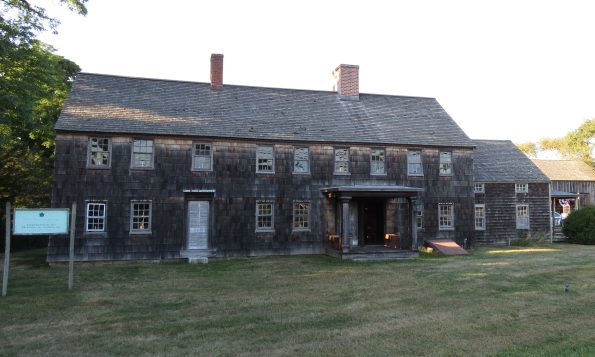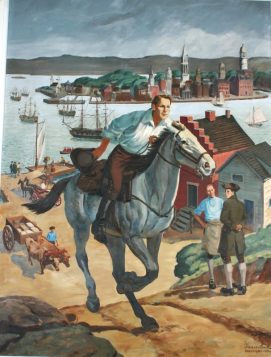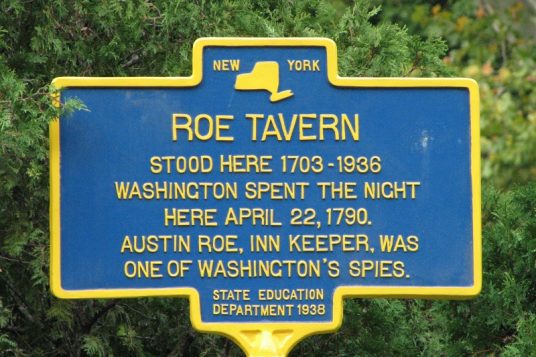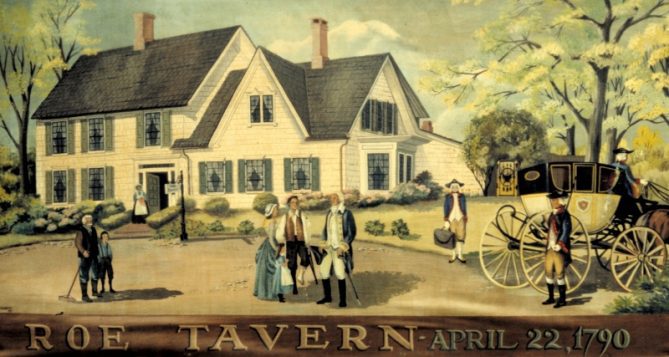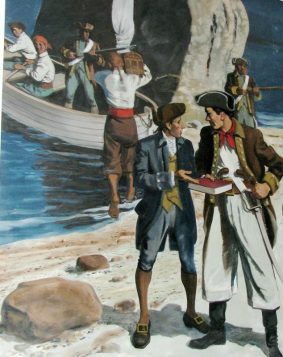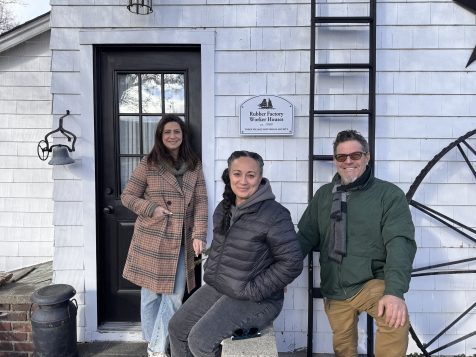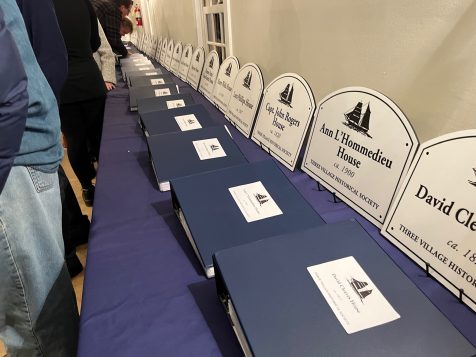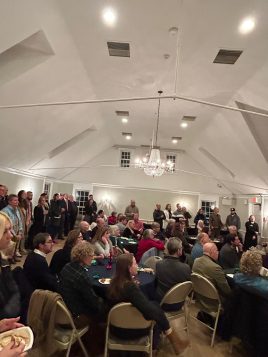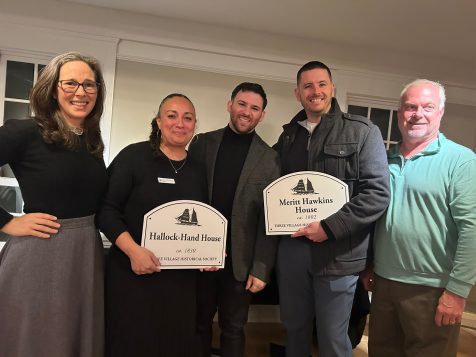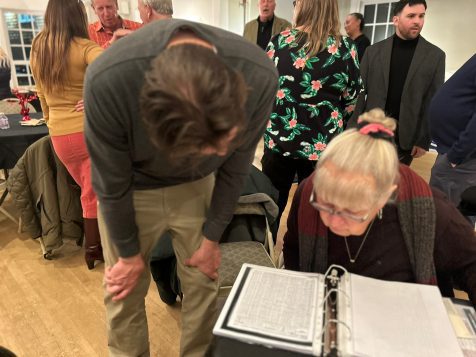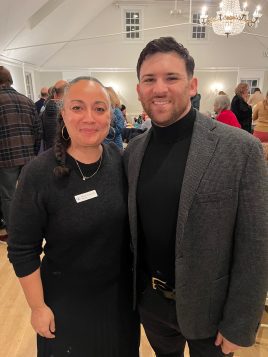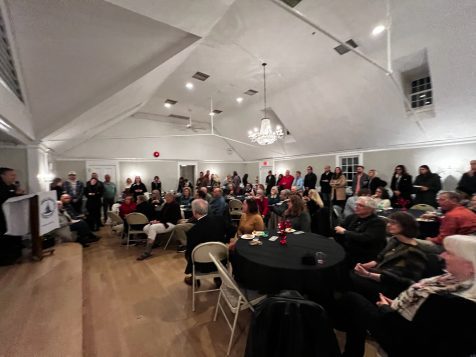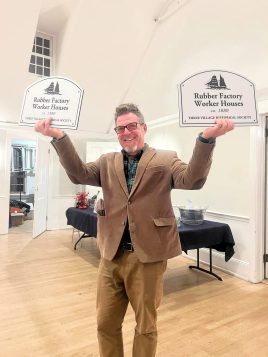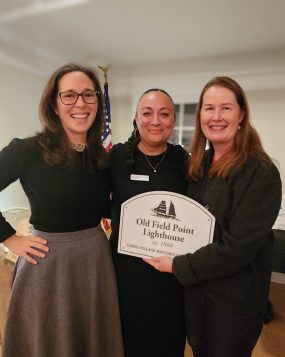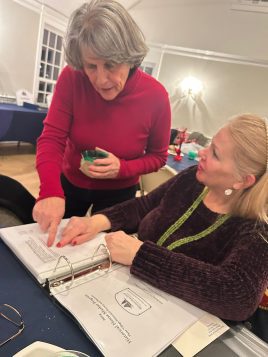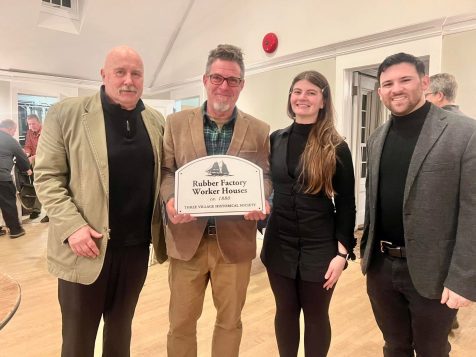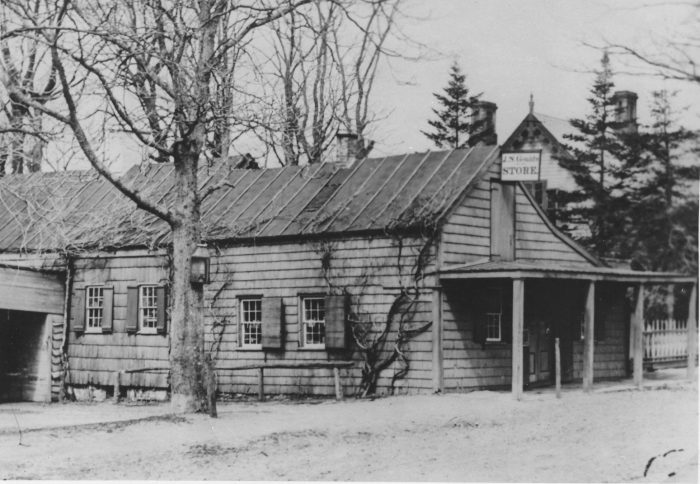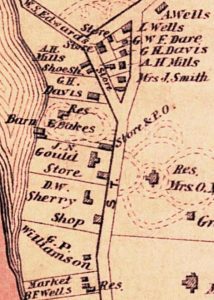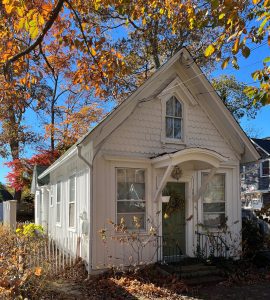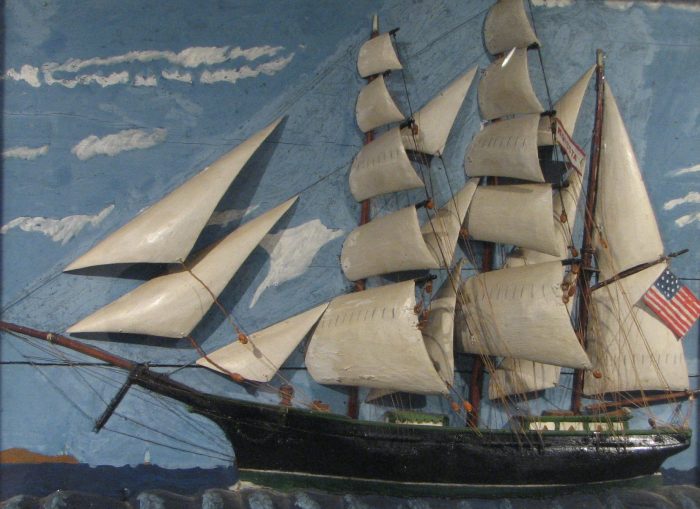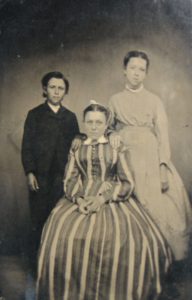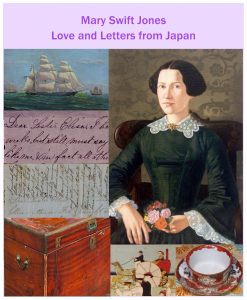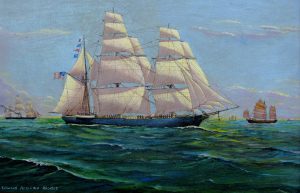Two-day plein air painting event combines art, history and nature
By Rita J. Egan
Gallery North’s 20th annual Wet Paint Festival will take place in what was once considered a Setauket hub.
Held on June 1 and 2, the plein air painting event, featuring more than 40 artists, will be held on the grounds of the Tyler Homestead. Located at 97 Main Street, the mid-1700s home sits across the street from the Setauket Post Office and Frank Melville Memorial Park. Right in the homestead’s backyard is the Patriots Rock Historical Site, where the Battle of Setauket was fought.
For the 2024 event, Gallery North has partnered with Three Village Community Trust (TVCT), which owns the Tyler home. Erin Smith, Gallery North’s director of development, said they were pleased that the land trust was willing to make the Tyler Homestead available for the event.
The property will serve as the center point, where artists can explore around and near the property to decide the subject of their paintings. Choices include the house and property, Frank Melville Memorial Park, Patriots Rock, the Setauket Green, Emma S. Clark Memorial Library, nearby churches and the three Factory Worker Houses located less than a mile down the road.
“You bring your easel, and whatever vignette or view that moves you, you paint,” Smith said. “It’s nice because the whole idea of plein air painting is that it captures the light really well, and it gets you outside. You can really capture the historic beauty of the area in a unique way.”
Smith added that, during past festivals, some artists have chosen to paint objects such as an ice cream truck or bench. As for the Tyler Homestead and the area, it was chosen for “its historical significance and natural beauty.”
“It’s a highly visible central location for the community,” she explained.
Herb Mones, TVCT president, agreed that the Tyler house is the perfect location.
“It not only has the expansive yard, but it’s on Main Street, and it’s so close to so many other historical sites, parks and venues that the artists could spread out, and yet the Tyler house is the central focus,” he said.
In addition to various activities set up in the Tyler Homestead’s back and side yards, Mones said TVCT will provide tours of the Patriots Rock site and discuss the role early Setauket residents and British occupiers played during the American Revolution.
Artist Angela Stratton, who has participated in past Wet Paint Festivals, said she always looks forward to being outside and choosing what to paint.
“When you go out to paint, and you’re looking around, it’s kind of what hits you in your heart,” Stratton said. “One day, to some, a certain spot can look beautiful. The next day you can go and that doesn’t intrigue you.”
The artist added that she welcomes spectators’ questions and appreciates children being exposed to art at the festival. How quickly an artist completes a painting, she said, depends on the person and the canvas size. She said many base how long they spend on a painting on how the sunlight hits a subject during a certain time of day or some will stay despite the light passing.
For Three Village Historical Society Historian Beverly C. Tyler, the homestead is more than a landmark; it’s the home he grew up in. The historian said for a time the property had flowers all over, from front to back, that his stepfather, Lou Davis, cared for. Tyler described the flowers as “absolutely gorgeous.”
“Having the Wet Paint Festival there is sort of a continuation of his efforts to use the property,” Tyler said.
The historian fondly remembers playing on the grounds.
“Everything was very interesting around there, and I would sometimes sit on the front porch and just watch the cars go by and count the number of Chevys and Fords and other types of cars that were going by, and I could see everybody that came into the post office.”
Tyler added the area appeared in several postcards, and the Neighborhood House next to his family home was once a summer boarding house his grandfather ran in the late 1800s and the early 1900s.
In addition to viewing artists at work, attendees can participate in wildlife and plant life lectures or go on a guided tour of plein air paintings with regional artists Doug Reina and Christine D’Addario. WUSB 90.1 FM/107.3 FM will present live musical performances each day. Visitors will also be able to purchase food from LevelUp Kitchen and enjoy a delicious picnic in an idyllic setting.
Later in the month, from June 25 to July 7, art lovers can enjoy an exhibition at the Reboli Center for Art and History, 64 Main St., Stony Brook featuring the participating artists’ paintings. An opening reception will be held on June 25 from 6 to 8 p.m.
Schedule of Events
Saturday, June 1
11 a.m. History Walk with members of the Three Village Community Trust
Noon to 2 p.m. Music by Tom Killourhy
12:30 p.m. Meet local wildlife from Sweetbriar Nature Center
2 p.m. Take part in a plein air art tour with artist Christine D’Addario
Sunday, June 2
11 a.m. History Tour with Margo Arceri of Tri-Spy Tours
11:30 a.m. Nature Walk with the Four Harbors Audubon Society
Noon to 2 p.m. Music by Kane Daily
1:30 p.m. Plein air Art Tour with artist Doug Reina
—————————————–
Generously sponsored by the Village Art Collective and Suffolk County’s Department of Economic Development and Planning., the Wet Paint Festival will be held on the grounds of the Tyler Homestead, 97 Main St., Setauket from 10 a.m. to 4 p.m. on Saturday, June 1, and Sunday, June 2. The event is free of charge for spectators. A rain date is scheduled for June 15 and 16. For more information, call 631-751-2676 or visit gallerynorth.org/pages/wet-paint-festival.



